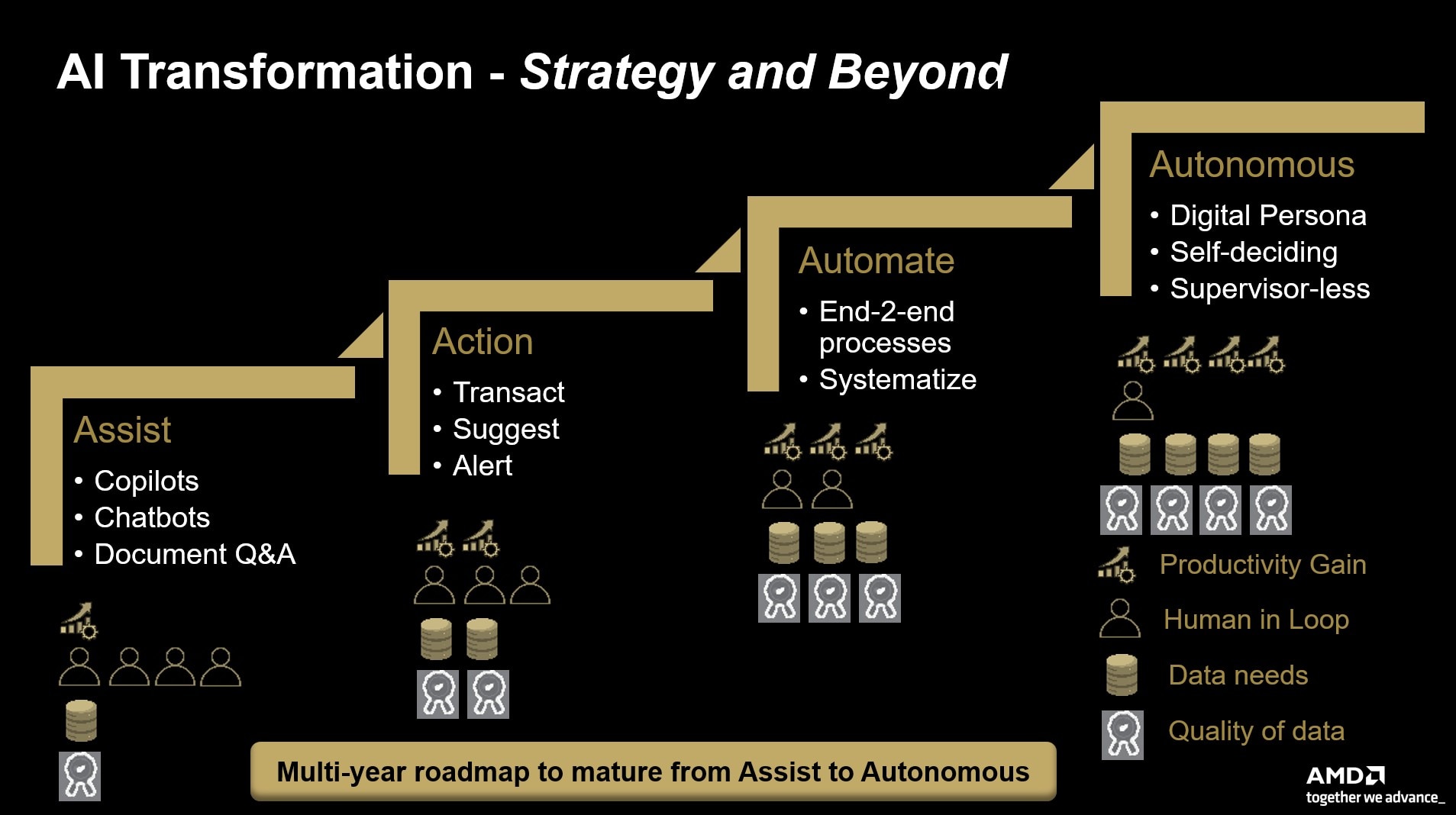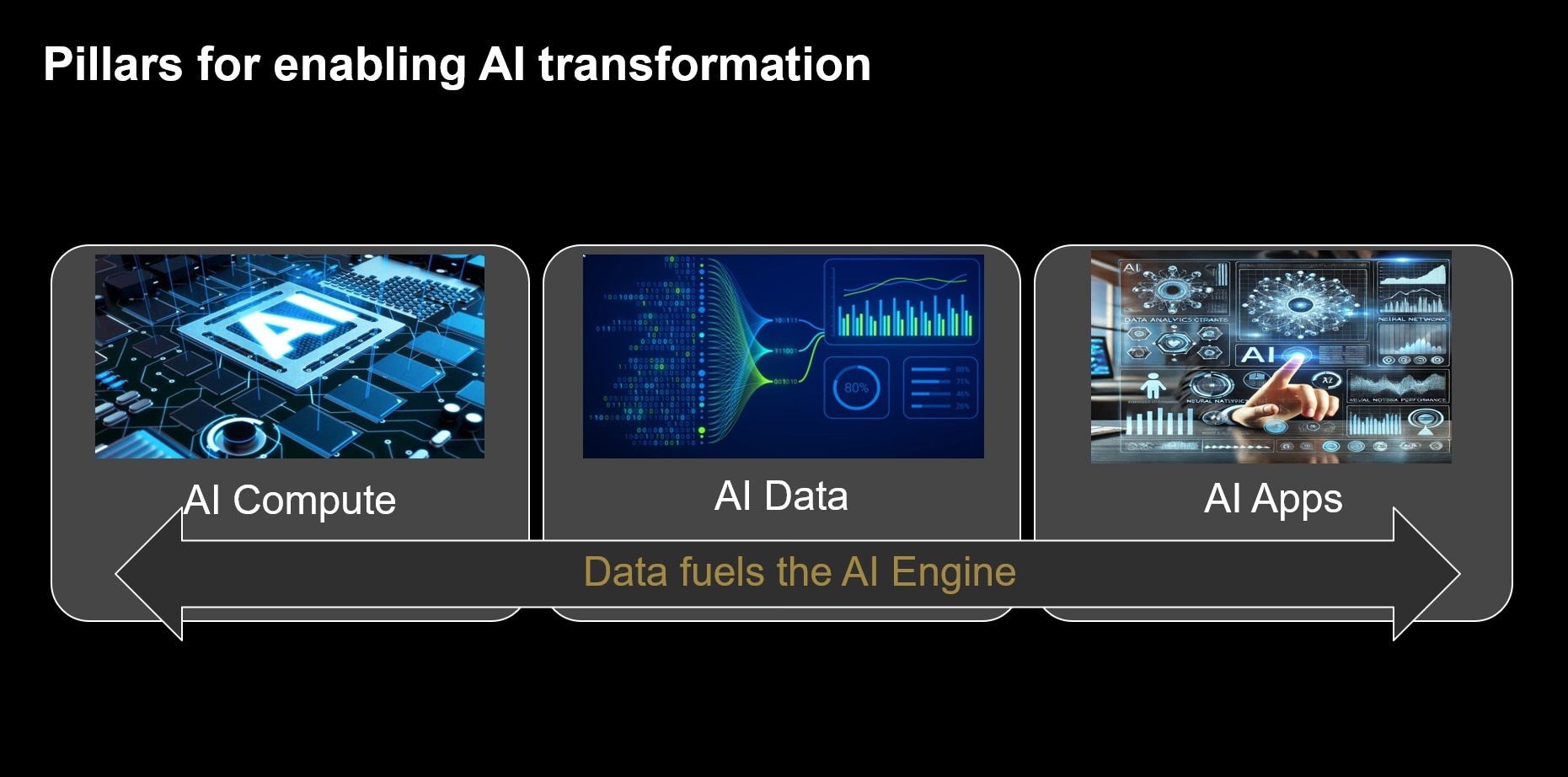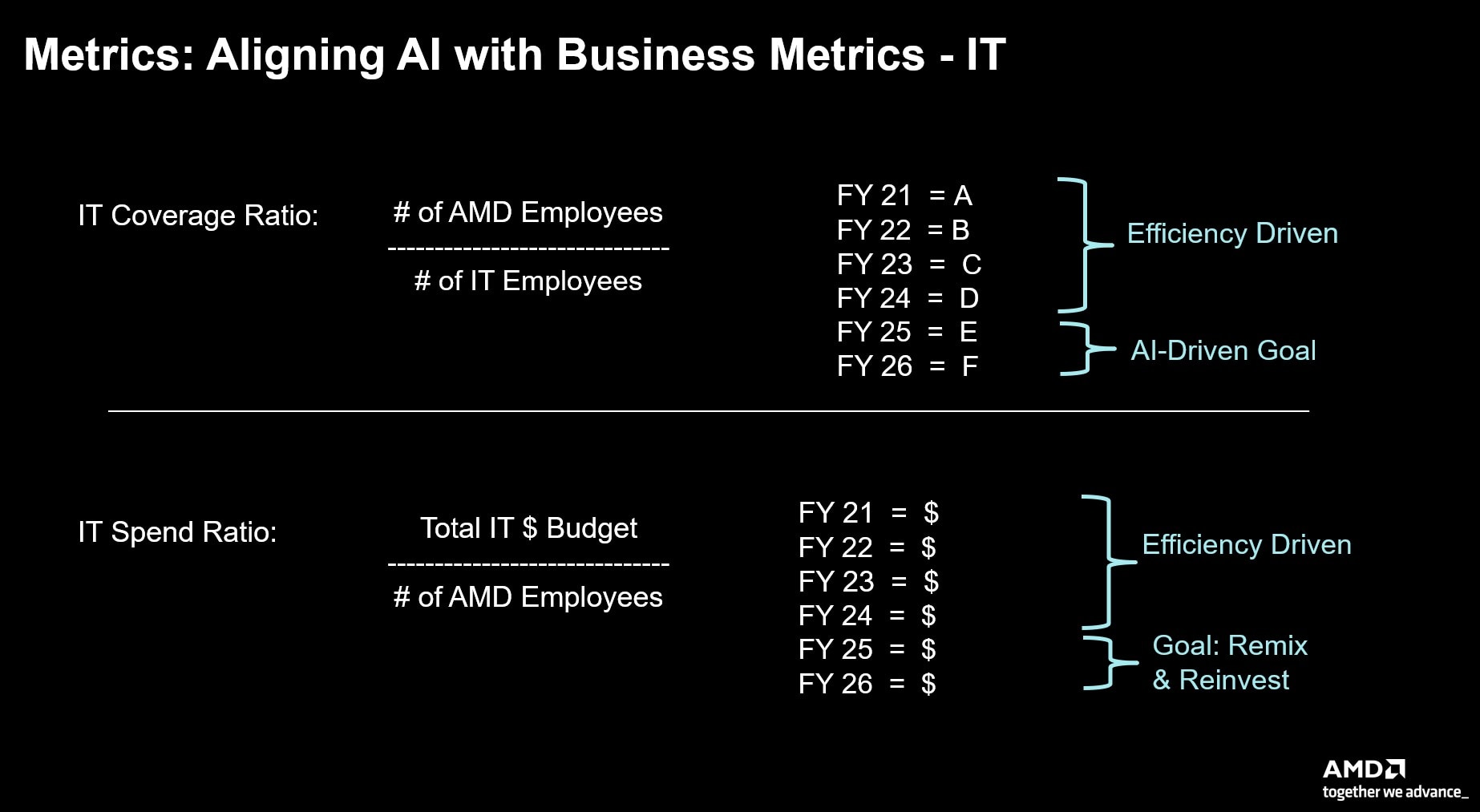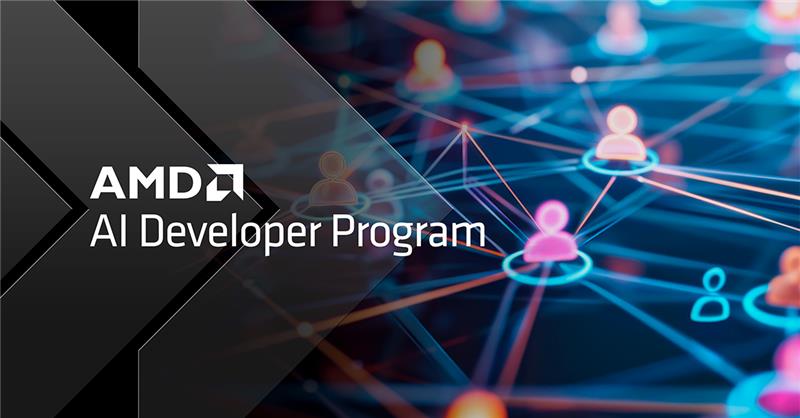AI Strategy: A Practical Roadmap from Vision to Value
Jul 31, 2025

Artificial Intelligence (AI) is rapidly reshaping how enterprises operate, innovate, and deliver value. But integrating AI into an organization is not just about deploying tools or experimenting with models—it requires a structured, strategic approach that aligns with business goals and operational realities.
A comprehensive AI strategy can be framed around three foundational pillars: Strategy, Platform, and Value Realization. These pillars provide a roadmap for organizations to move from experimentation to enterprise-wide transformation.
Strategy: Laying the Foundation for AI Success
A successful AI journey begins with a clear and forward-looking strategy. This strategy must go beyond solving today’s problems—it should prepare the organization for long-term transformation. The foundation of this strategy rests on three key elements: innovation, value impact, and leadership.
- Innovation requires fostering a culture that encourages experimentation and embraces emerging technologies. It requires investment in research and development, openness to new ideas, and a willingness to adopt cutting-edge tools.
- Value impact ensures that every AI initiative is tied to measurable business outcomes, such as operational efficiency, enhanced customer experience, or new revenue streams.
- Leadership is equally critical—leaders must champion AI adoption, set clear goals, and empower teams with the resources and training they need to succeed.
At the heart of this journey lies the 4A framework—Assist, Action, Automate, and Autonomous— phases that define the progression of AI maturity and impact. The first stage, Assist, is where AI begins to support users in their daily tasks. This includes tools like chatbots, copilots, and document Q&A systems that provide insights, recommendations, and help with routine activities. These tools enhance productivity while keeping humans in the loop, ensuring that AI acts as a supportive partner rather than a replacement.
The second stage, Action, sees AI taking initiative by executing predefined tasks, triggering alerts, or interacting with enterprise systems based on user prompts. This phase focuses on increasing efficiency and reducing manual intervention, allowing employees to focus on higher-value work.
As AI capabilities mature, organizations move into the Automate phase. Here, AI begins to streamline complex workflows across departments through hyper-automation. This involves connecting systems and processes to enable end-to-end task execution with minimal human input. The result is significant time savings, improved consistency, and reduced operational overhead.
As we reach the Autonomous phase, AI becomes self-sufficient. It can make decisions independently, learn from outcomes, and continuously optimize performance. This is the pinnacle of AI maturity, where digital agents operate independently and drive exponential efficiency across the enterprise. The 4A framework not only provides a roadmap for AI adoption but also helps organizations assess where they are in their journey and what steps are needed to advance.

Platform: Building the Infrastructure for AI
To support AI capabilities across the enterprise, a flexible and scalable platform is essential. A robust AI platform is built on three core components: compute resources, AI data, and AI applications.
- Compute resources include high-performance GPUs, CPUs, and AI-ready devices that support diverse workloads—from training large models to running lightweight inference at the edge.
- AI data is the fuel that powers these models. Platforms must support the ingestion, storage, and processing of both structured and unstructured data, with a strong emphasis on data quality and governance. Human-augmented data—where human insights enhance machine learning—can significantly improve model accuracy and reliability.
- AI applications are the final piece of the puzzle. From predictive analytics and automation to generative AI for content creation and code generation, a diverse application ecosystem allows organizations to tailor AI to their unique needs and maximize its impact.

Value Realization: Turning AI into Business Outcomes
The final step in the AI journey is to ensure that AI delivers real, measurable outcomes. This involves continuously monitoring and optimizing AI initiatives to align with business goals. Organizations must track key performance indicators such as operational efficiency and budget optimization.
- Operational efficiency can be measured through faster processing times, reduced error rates, and streamlined workflows.
- Budget optimization involves reducing costs, improving resource allocation, and increasing return on investment.
Metrics like IT coverage ratio (number of employees supported per IT staff member) and IT spend ratio (IT budget per employee) help quantify AI’s impact and guide future investments. Importantly, AI is not a one-time project—it’s an ongoing journey. Organizations must regularly reassess their strategies, update models and platforms, and scale successful use cases across departments.

Final Thoughts: A Blueprint for AI-Driven Transformation
The journey to AI maturity is complex but achievable with the right approach. The three-step framework—Strategy, Platform, and Value Realization—offers a comprehensive roadmap for organizations looking to integrate AI into their operations. The 4A model provides a clear path to scale AI from basic assistance to full autonomy. As AI continues to evolve, success will belong to those who combine visionary thinking with practical execution. With a strong foundation, a flexible platform, and a relentless focus on value, enterprises can unlock the full potential of AI and lead the way into the future.
Want to dive deeper?
Visit us at https://www.amd.com/amdit for more insights and updates.









